The strategically significant Rajaee Port in Bandar Abbas, southern Iran, was rocked by a massive explosion during the third round of Iranian-US talks in Oman on Saturday, April 26 2025, marking a pivotal moment that warrants in-depth analysis. Located near the Strait of Hormuz, the port serves as a critical nexus for Iran's container traffic and plays a crucial role in the country’s foreign trade, especially amid the sanctions imposed on it. Initial reports point to two primary hypotheses regarding the cause of the incident: the first suggests an accidental explosion resulting from mishandling hundreds of tons of a vital chemical substance, likely used to fuel Iran’s ballistic missile programme, reminiscent of the 2020 Beirut explosion; the second, however, raises the possibility of deliberate sabotage, potentially orchestrated by Israel with the intent to disrupt the Iranian-American diplomatic track. The timing of the explosion, coinciding with intense diplomatic efforts, adds further weight to its potential ramifications.
Regardless of the final cause, an explosion of such magnitude exposes significant vulnerabilities in Iran's security and management systems, reverberating across the entire region. It casts a shadow over diplomatic efforts aimed at addressing nuclear tensions and other unresolved issues. This commentary explores the potential post-incident scenarios, the implications of each hypothesis
Conflicting Narratives
The key conclusions following the explosion focus on assessing the extent of the damage inflicted on the port’s infrastructure, the impact on shipping and surrounding areas, the human casualties, and the direct effects on port operations and regional maritime traffic. However, reaching conclusive and transparent conclusions that are accepted by the international community remains a significant challenge. Iran has a well-established record of imposing strict control over information related to sensitive incidents, particularly those revealing major security or governmental failures. This information blackout often fuels suspicion, which further exacerbates the erosion of trust.
As a result, two competing narratives quickly emerge: On one hand, Iranian authorities, particularly if the cause lies in negligence related to the storage or transportation of military materials through a civilian port, may seek to downplay the incident, attributing it to technical malfunctions or an industrial accident, as seen in past incidents such as the fire at the Natanz centrifuge facility. In this context, a comparison with the Beirut explosion, caused by the mishandling of ammonium nitrate, highlights the catastrophic risks of neglecting hazardous materials within critical infrastructure hubs near populated areas. However, acknowledging negligence carries significant internal political risks, as it could trigger a surge in public anger over what is perceived as government failure in safety protocols, especially if the losses are severe and economic disruptions are acute.
On the other hand, the narrative of external sabotage, often pointing fingers at Israel, quickly gains traction both within the Iranian system and among regional observers. Framing the explosion as an external attack allows the regime to rally nationalistic sentiments, deflect internal blame, and even justify retaliatory actions or a hardline stance in international negotiations. The timing of the explosion, coinciding with nuclear talks, further strengthens this narrative, as it is interpreted as a deliberate attempt to derail diplomatic efforts.
It is likely that the ambiguity surrounding the circumstances of the incident will persist, given the restrictions on information flow, allowing various parties to exploit the situation for political or strategic gains.
Analysis of Incident Scenarios
First Scenario: Accidental Explosion or Negligence
If it is confirmed or the prevailing theory suggests that the explosion was related to mishandled materials, especially sensitive items like solid fuel for ballistic missiles stored or passing through a major civilian port, the consequences would be profound and multifaceted.
First, it points to systematic weaknesses in Iran’s safety policies, regulatory oversight, and logistical management, particularly concerning the storage and handling of hazardous materials with military applications near civilian populations and critical economic infrastructure. This resonates strongly with the Beirut explosion, raising fundamental questions about the efficiency and accountability of the authorities involved, which are likely to include elements of The Revolutionary Guard, who often control or oversee sensitive logistics and port security.
Second, this would inadvertently reveal aspects of Iran’s potential illicit or covert procurement, storage, or transportation of materials related to its missile programme, which could violate international standards and sanctions regimes (such as U.N. Security Council Resolution 2231), even if the explosion itself was unintentional. This could provide strong ammunition for international critics arguing against the easing of sanctions, highlighting the possibility of funds being diverted or mismanaged dangerously. Internally, this failure could erode public trust in the system’s competence, potentially leading to local protests or calls for greater transparency and accountability, particularly from affected communities. The timing of the incident, coinciding with critical talks, would further reinforce the perception of systemic failure at a crucial moment.
Second Scenario: Sabotage or External Attack
If the explosion is convincingly attributed to sabotage, likely an Israeli operation—despite official denials—given the historical context and capabilities, the consequences shift dramatically toward the realms of security and geopolitics.
First, this would reveal a significant intelligence and security failure within Iran, highlighting the ability of external actors to infiltrate sensitive sites and strike vital infrastructure with devastating effect, potentially using advanced techniques. This would cause considerable embarrassment for Iranian intelligence and security agencies, possibly leading to internal purges or restructuring.
Second, it would mark a significant escalation in the shadow war between Iran and Israel. A direct and destructive attack on critical economic infrastructure, rather than a more isolated military or nuclear site, crosses a major threshold. Tehran could interpret this as an act of economic warfare, demanding a strong response to restore deterrence. This retaliation might manifest in various forms—proxy attacks against Israeli interests, increased maritime harassment, cyber warfare, or even a limited direct confrontation. However, the latter is likely to remain constrained, significantly exacerbating regional tensions.
Third, it underscores the lengths to which Iran’s adversaries, particularly those opposed to the renewal of the nuclear deal or any rapprochement with the West, are willing to go to disrupt Tehran’s capabilities and diplomatic initiatives. The precise timing of the Oman talks strongly suggests that the primary motive was not merely to undermine Iran’s capabilities, but to deliberately sabotage the diplomatic process itself. This sends a clear signal of proactive obstruction aimed directly at preventing any understanding between the U.S. and Iran.
Implications of the Incident on Ongoing Talks
Both scenarios carry potentially serious repercussions for the already fragile negotiations between Tehran and Washington. However, the specific timing during the Oman talks significantly amplifies the potential damage:
If the accident scenario prevails, the timing would be incredibly unfortunate. Iran may enter or continue the negotiations from a position perceived as weak, fully aware of its exposed operational vulnerabilities. While this could theoretically increase the argument for sanctions relief, the embarrassment caused by such a catastrophic failure during such a critical round of talks could make Iranian negotiators more defensive or obstinate, or they may face internal pressure from hardliners who see it as a sign of weakness or an ominous omen. Opponents of the agreement in the U.S. and allied capitals will likely seize the incident as compelling evidence of Iranian recklessness, vehemently arguing against offering relief to a regime that appears incapable of managing hazardous materials, even during peace negotiations. The focus of the talks may shift, with growing demands for tighter verification and transparency, adding layers of complexity that could hinder the negotiation process.
However, the sabotage scenario becomes significantly more damaging due to its timing. A deliberately planned attack to coincide with the Oman negotiations would be interpreted by Tehran not only as an assault on its infrastructure but also as a direct assault on the diplomatic process itself. Tehran is likely to view such an act as implicitly tolerated, enabled, or at the very least, not deterred or condemned by the U.S., which would completely shatter any fragile trust that remains.
The question “Why negotiate if our negotiating partner cannot or does not want to prevent attacks during talks?” will inevitably dominate the internal Iranian discourse, significantly strengthening the position of hardliners who were already sceptical of diplomacy. These factions will gain tremendous leverage, arguing emphatically that negotiations offer no security shield and are actively undermined by adversaries. Consequently, they will call for a shift toward defence, deterrence, and retaliation.
As a result, progress in the negotiations may become contingent on complex demands, such as explicit security guarantees from the United States (particularly against Israeli actions) or international condemnation and accountability for the attack, effectively freezing the diplomatic process. This situation would exacerbate the dilemma for the U.S. administration, as condemning an attack deliberately timed to sabotage its diplomatic efforts would be almost essential to maintain credibility with Iran. However, doing so would carry a significant risk of a major rift with its key ally, Israel. Conversely, Iran would likely perceive any silence or weak response as clear complicity, which would almost certainly lead to the collapse of the talks. At its core, the strategically timed Israeli attack serves as a clear example of the success of any disruptive action, demonstrating the ability of third parties to thwart bilateral diplomacy and push the region toward conflict by closing vital diplomatic channels.
In conclusion, the explosion at Rajaee Port, whether the result of negligence or an act of hostility, extends beyond a mere local disaster. Its timing during the Oman talks elevates it to a potential pivotal event with far-reaching and immediate consequences. It will serve as a stark indicator of Iran’s internal vulnerabilities—whether operational inefficiencies or breachable security—and act as an accelerant for regional instability. The competing narratives surrounding the incident itself will become geopolitical tools, exploited more intensively due to the diplomatic context. Most importantly, such a meticulously timed event will deeply affect the delicate trajectory of U.S.-Iran negotiations. It will sow tremendous distrust, empower hardliners on all sides, introduce new and complex demands that may prove insurmountable, and realistically threaten to derail the entire diplomatic process.
The Rajaee Port hypothesis, now linked to this specific timing, highlights the extreme fragility of the current geopolitical environment, where unforeseen events or calculated actions that coincide with diplomatic opportunities can lead to severe and destabilising consequences. This threatens to unravel painstaking efforts and push the region toward a more perilous future.
References
وزير داخلية ايران يعزو انفجار ميناء رجائي إلى ” الإهمال”، SWI swissinfo.ch، 28 أبريل 2025، تاريخ الاطلاع: 29 أبريل 2025، متاح على الرابط التالي: https://www.swissinfo.ch/ara/%d9%88%d8%b2%d9%8a%d8%b1-%d8%af%d8%a7%d8%ae%d9%84%d9%8a%d8%a9-%d8%a7%d9%8a%d8%b1%d8%a7%d9%86-%d9%8a%d8%b9%d8%b2%d9%88-%d8%a7%d9%86%d9%81%d8%ac%d8%a7%d8%b1-%d9%85%d9%8a%d9%86%d8%a7%d8%a1-%d8%b1%d8%ac%d8%a7%d8%a6%d9%8a-%d8%a5%d9%84%d9%89-%22%d8%a7%d9%84%d8%a5%d9%87%d9%85%d8%a7%d9%84%22/89226733
إيران: “الإهمال” وراء انفجار ميناء رجائي، الشرق الأوسط، 28 أبريل 2025، تاريخ الاطلاع: 29 أبريل 2025، متاح على الرابط التالي https://aawsat.com/%D8%B4%D8%A4%D9%88%D9%86-%D8%A5%D9%82%D9%84%D9%8A%D9%85%D9%8A%D8%A9/5137160-%D8%A5%D9%8A%D8%B1%D8%A7%D9%86-%D8%A7%D9%84%D8%A5%D9%87%D9%85%D8%A7%D9%84-%D9%88%D8%B1%D8%A7%D8%A1-%D8%A7%D9%86%D9%81%D8%AC%D8%A7%D8%B1-%D9%85%D9%8A%D9%86%D8%A7%D8%A1-%D8%B1%D8%AC%D8%A7%D8%A6%D9%8A
انفجار ميناء رجائي في إيران.. 3 فرضيات للحادث، سكاي نيوز عربية، 28 أبريل 2025، تاريخ الاطلاع : 29 أبريل 2025، متاح على الرابط التالي https://www.skynewsarabia.com/world/1792460-%D8%A7%D9%86%D9%81%D8%AC%D8%A7%D8%B1-%D9%85%D9%8A%D9%86%D8%A7%D8%A1-%D8%B1%D8%AC%D8%A7%D9%8A%D9%94%D9%8A-%D8%A7%D9%95%D9%8A%D8%B1%D8%A7%D9%86-3-%D9%81%D8%B1%D8%B6%D9%8A%D8%A7%D8%AA-%D9%84%D9%84%D8%AD%D8%A7%D8%AF%D8%AB
ناجي، كسرا .انفجار إيران: الحداد يتحوّل إلى غضب في إيران بعد مقتل 40 شخصاً خلال انفجار ميناء شهيد رجائي.، بي بي سي عربي، 28 أبريل 2025، تاريخ الاطلاع 29 أبريل 2025، متاح على الرابط التالي: https://www.bbc.com/arabic/articles/c24qyp696l7o
قد يكون عملا استخباراتيا.. كيف حدث انفجار ميناء رجائي في إيران؟، سكاي نيوز عربية، 27 أبريل 2025، تاريخ الاطلاع: 29 أبريل 2025، متاح على الرابط التالي: https://www.youtube.com/watch?v=VI9bj89O2F0
انفجار إيران: المرشد الأعلى الإيراني يأمر بالتحقيق في احتمال “إهمال” وراء انفجار ميناء شهيد رجائي الذي خلف 40 قتيلاً، بي بي سي عربي، 27 أبريل 2025، تاريخ الاطلاع: 29 أبريل 2025، متاح على الرابط التالي: https://www.bbc.com/arabic/articles/cr5dp24400do
إيران: التحقيق الأولي في انفجار ميناء رجائي يثبت وجود مواد خطرة بالحاويات، العربية- Business،28 أبريل 2025، تاريخ الاطلاع:29 أبريل 2025، متاح على الرابط التالي: https://www.alarabiya.net/aswaq/economy/2025/04/28/%D9%81%D8%A7%D8%B1%D8%B3-%D8%A7%D9%84%D8%A7%D9%8A%D8%B1%D8%A7%D9%86%D9%8A%D8%A9-%D8%A7%D9%84%D8%AA%D8%AD%D9%82%D9%8A%D9%82-%D8%A7%D9%84%D8%A3%D9%88%D9%84%D9%8A-%D9%81%D9%8A-%D8%A7%D9%86%D9%81%D8%AC%D8%A7%D8%B1-%D9%85%D9%8A%D9%86%D8%A7%D8%A1-%D8%B1%D8%AC%D8%A7%D8%A6%D9%8A-%D9%8A%D8%AB%D8%A8%D8%AA-%D9%88%D8%AC%D9%88%D8%AF-%D9%85%D9%88%D8%A7%D8%AF-%D8%AE%D8%B7%D8%B1%D8%A9-%D8%A8%D8%A7%D9%84%D8%AD%D8%A7%D9%88%D9%8A%D8%A7%D8%AA
Gambrell, Jon. “Explosion at Port Linked to Missile Fuel in Iran Kills 18, Injures Some 800.” AP News, April 27, 2025. Accessed April 29, 2025. https://apnews.com/article/iran-explosion-fire-bandar-abbas-72637c6b3e152a30045275f57ace29ed
AGENCIES and TOI STAFF. “Explosion at Iran Port Said Caused by Missile Fuel Component from China; Toll at 40.” Times of Israel, April 27, 2025. https://www.timesofisrael.com/irgc-linked-source-says-missile-fuel-component-exploded-at-iran-port-toll-reaches-25/

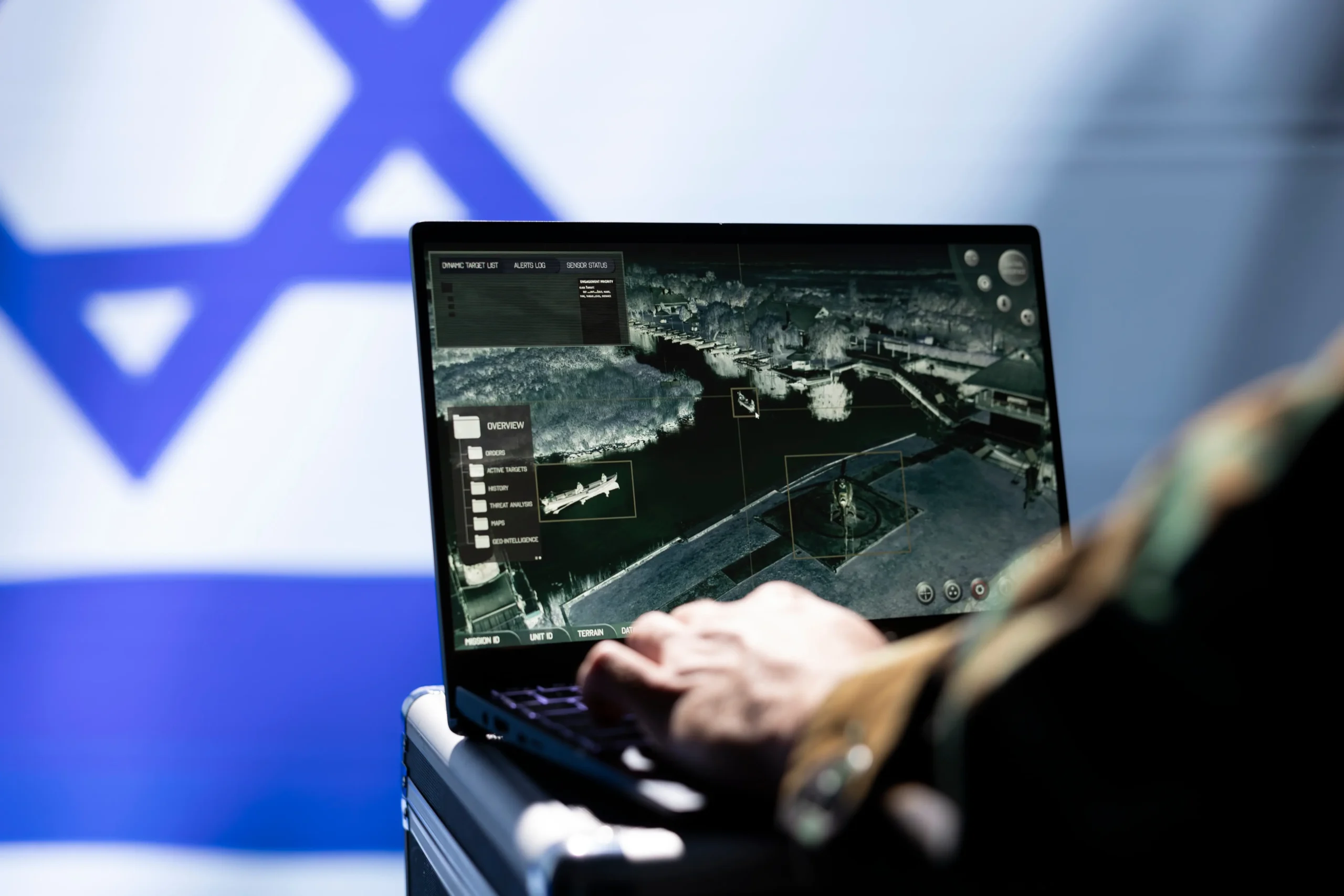
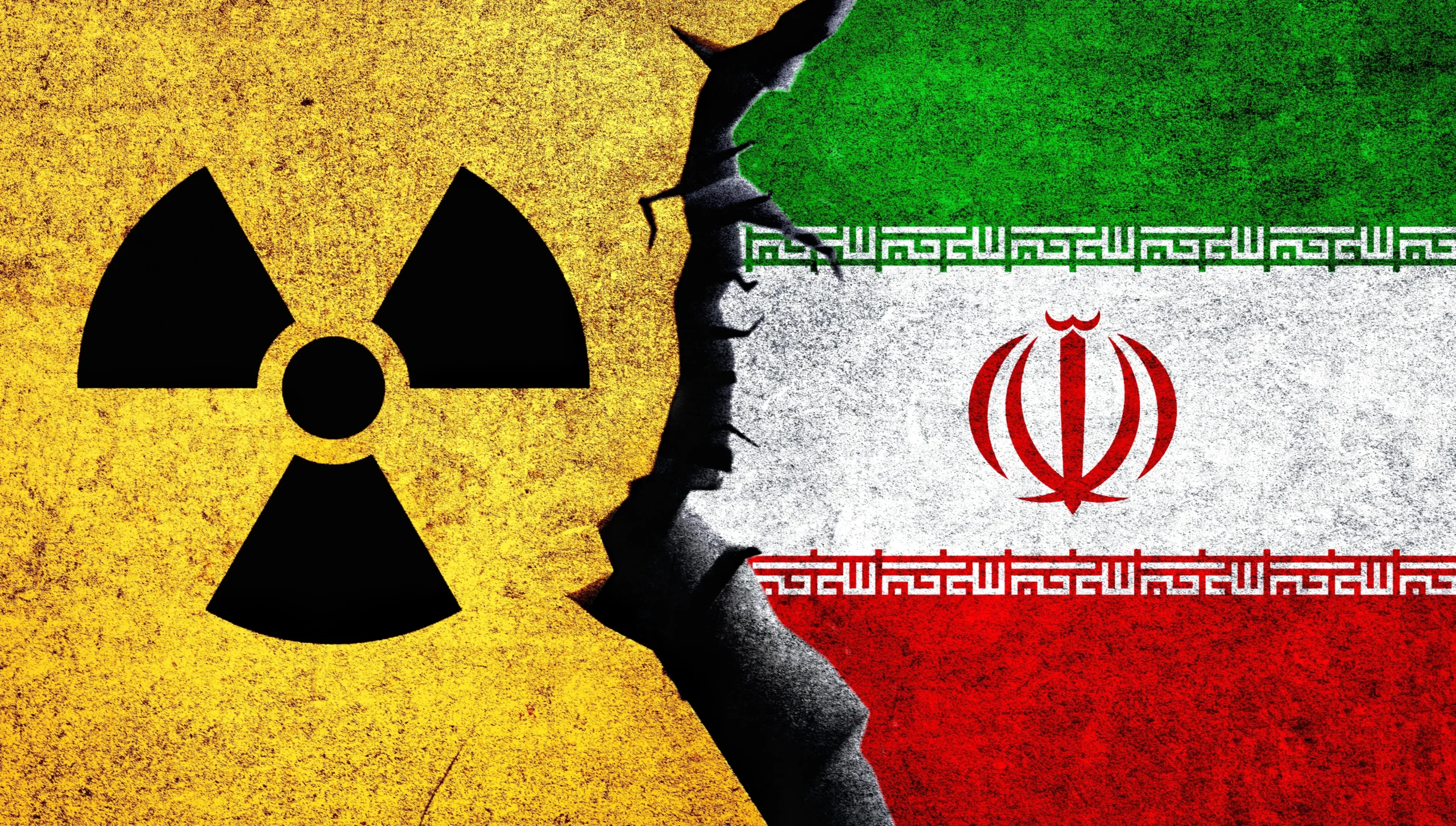
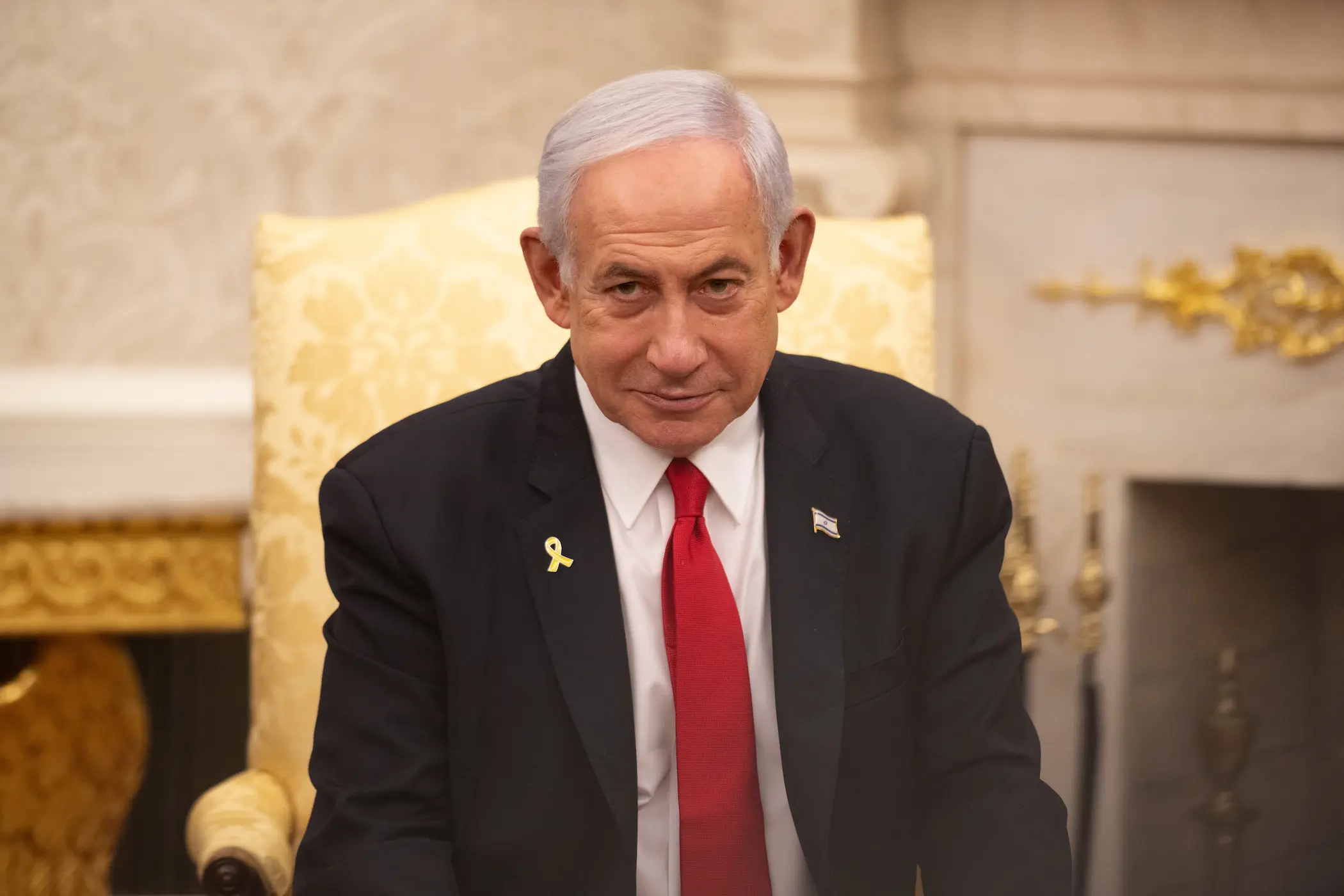
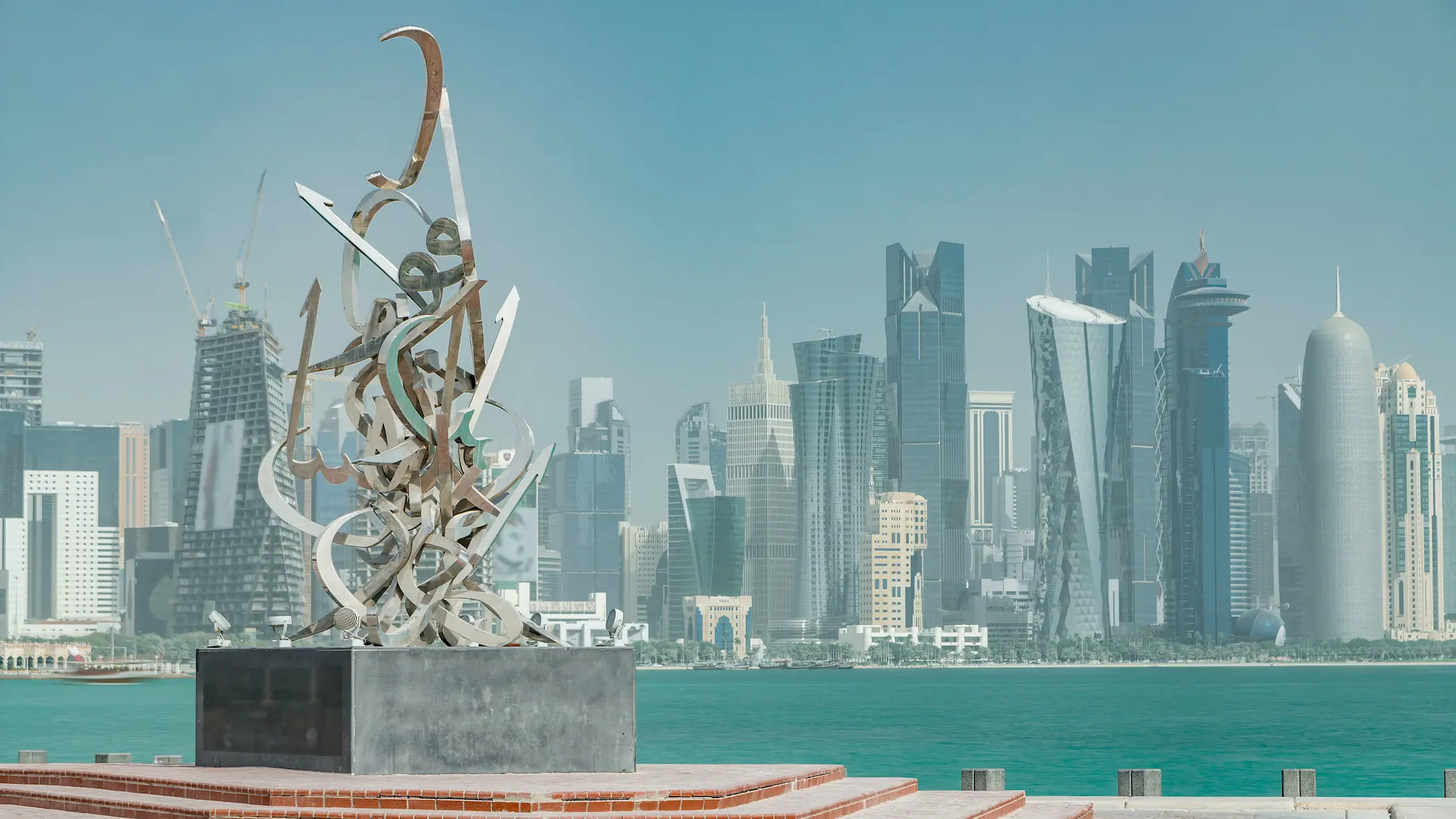

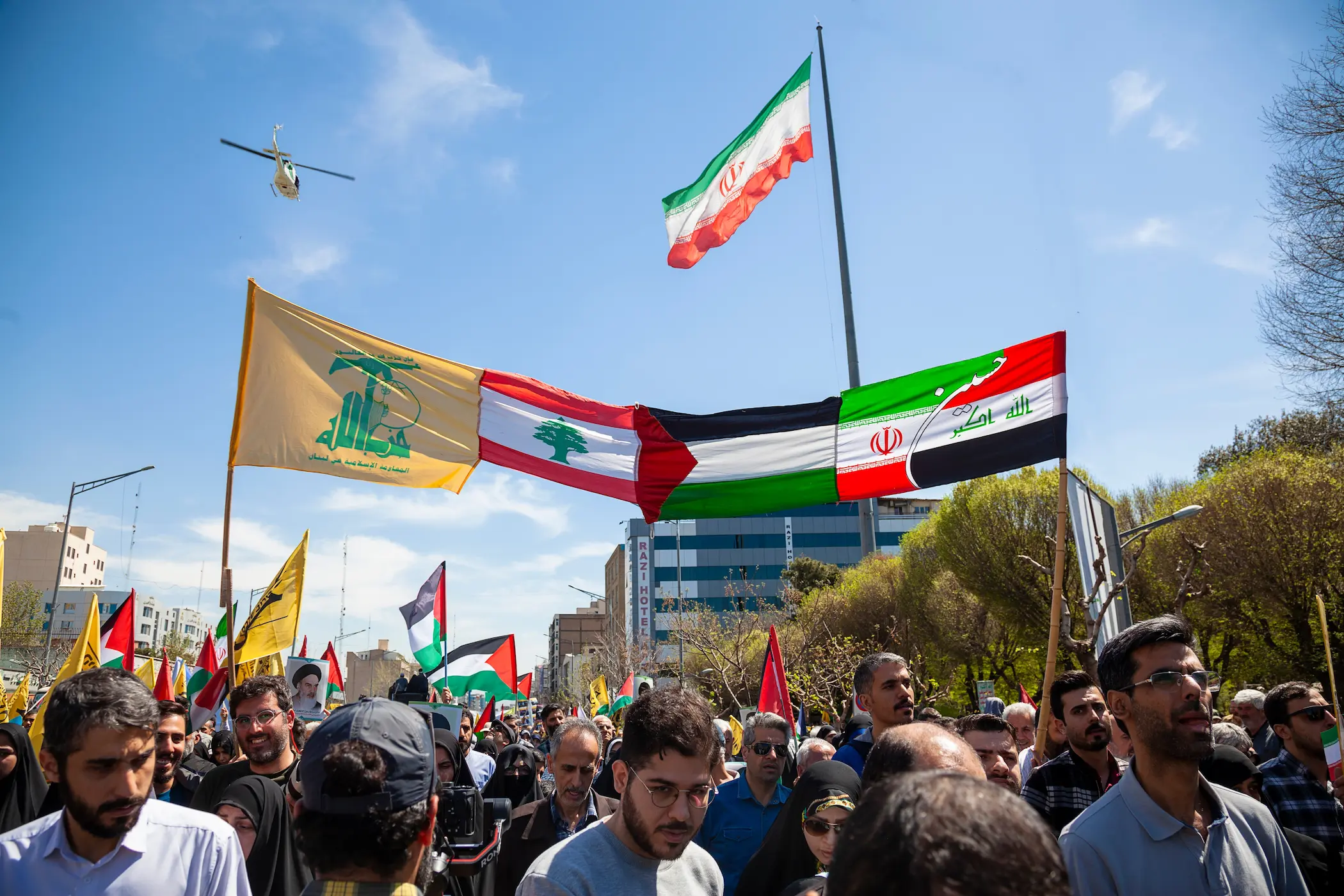

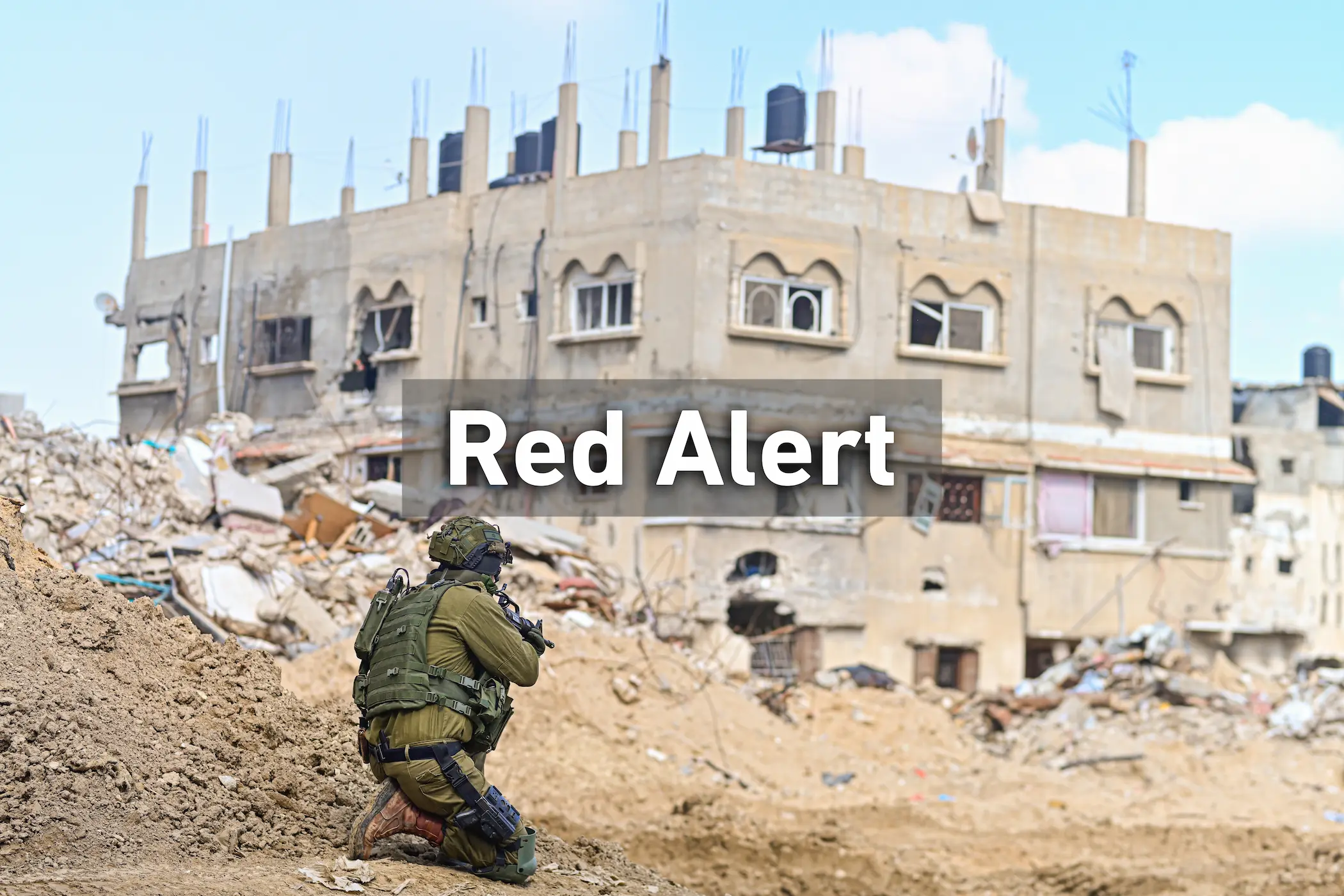
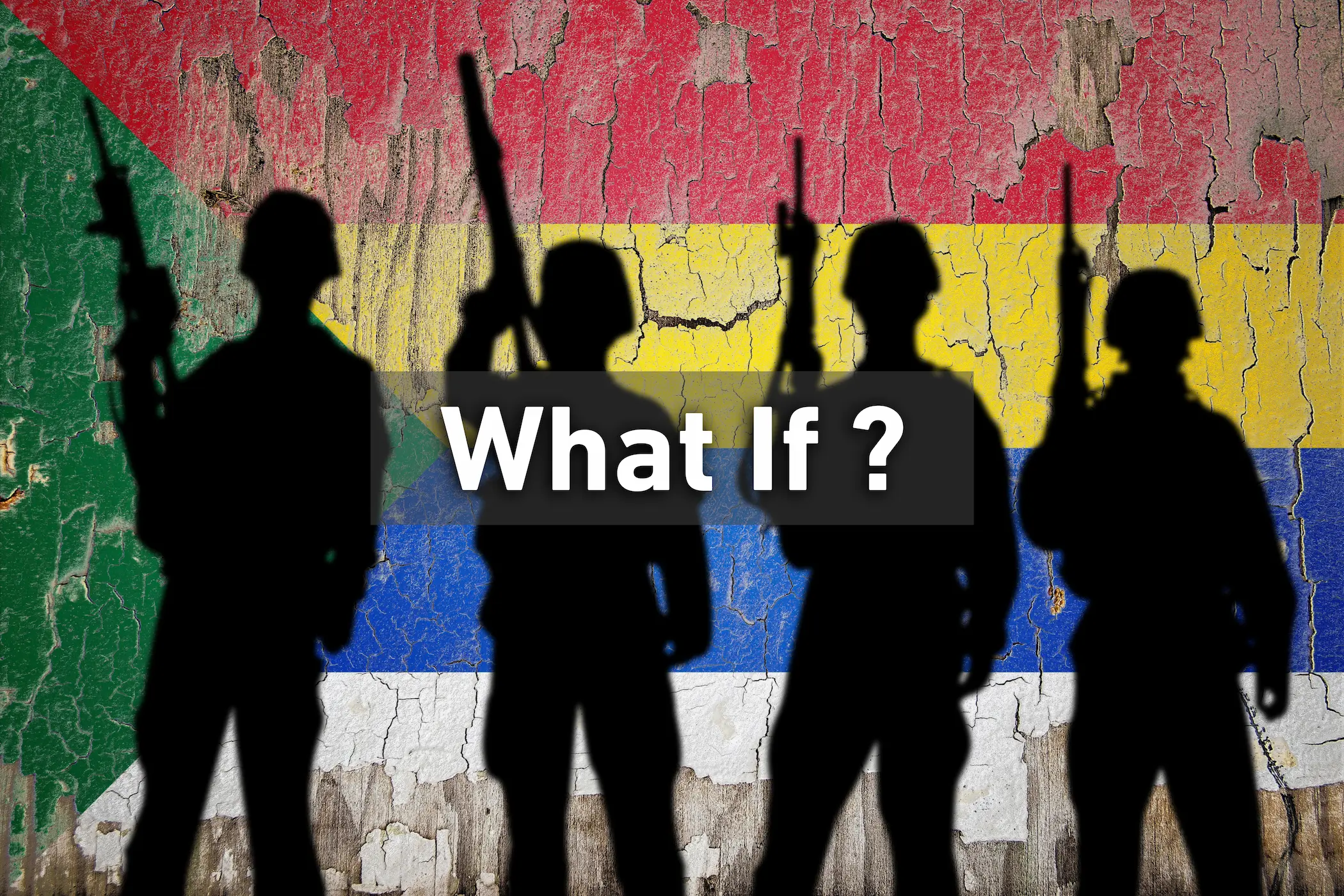




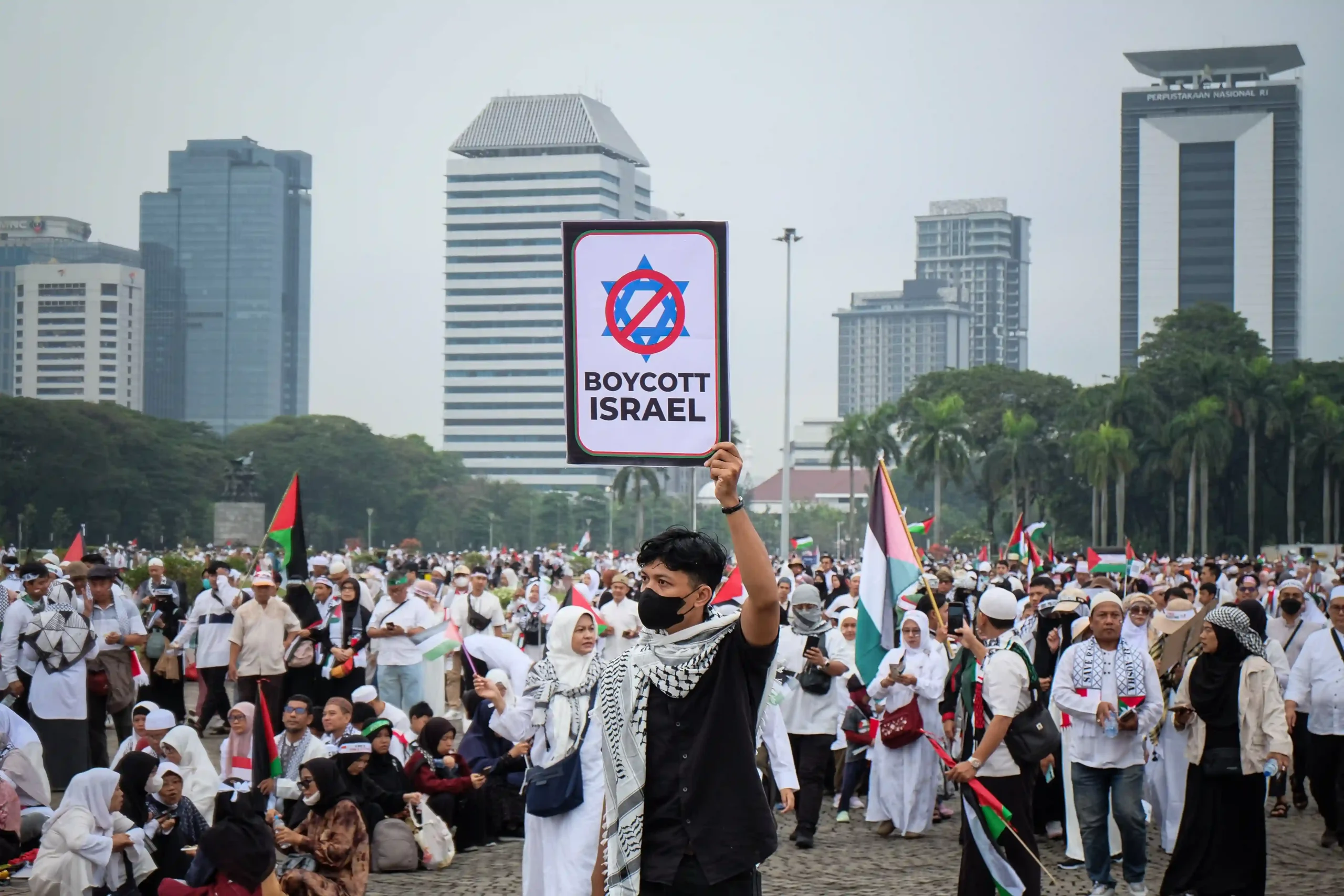
Comments